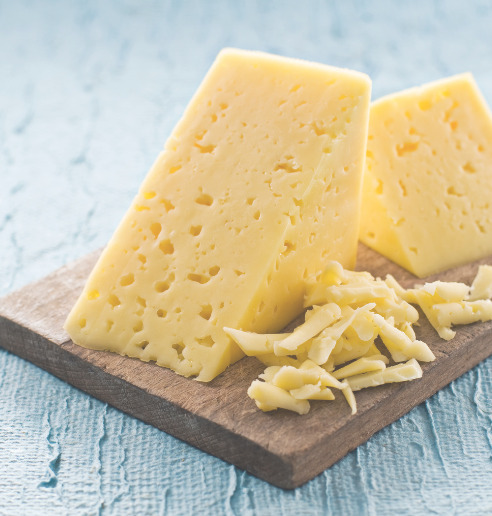Bromhidrosis
Most of us have suffered from foot perspiration and odour from time to time. Yet, for some people, sweaty feet and associated foot odours are a persistent problem that can be a real nuisance.
Bromhidrosis is the term used to describe smelly feet or foot odour. This is a medical condition that affects up to 5% of the population.
Why do feet become smelly?
Each foot has over 250,000 sweat glands producing up to 300-400 mL of sweat per day. This leads to a very warm, moist environment inside your shoes and a perfect place to harbour these bugs.
The problem develops when body sweat mixes with the bacteria and fungus on your skin, shoes and socks. The combination of the micro-organisms, their excreted waste products and sweat not only produces bad smells but can lead to athlete’s foot, onychomycosis (fungal toenails), itchy blisters and other rashes.
Other possible factors that can put you at risk of having a smelly feet include: stress on the foot/feet due to a structural problem, strained or tired feet, hot weather can make matters worse and sometimes we have a genetic predisposition. In adolescents, overactive sweat glands triggered by changing hormonal levels in the body can also be a cause.
Symptoms of Bromhidrosis
Many describe the smell of bromhidrosis as mouldy cheese. Depending on the infection, there may also be a sweet aspect to the aroma. Some of the symptoms include:
- Moist, wet feet
- Rashes
- An infection
- Blistering or bubbling in the skin
Bromhidrosis Prevention
The best way to prevent bromhidrosis (stinky feet) is to have proper foot hygiene. If the feet, toes and toe webs are not cleaned and dried properly, sweat will accumulate, foot odour and infections can result.
- Wash your feet thoroughly with soap and warm water every day. Pay special attention to cleaning space in between the toes and scrubbing the soles of your feet. This helps remove bacteria and sweat that can contribute to foot odour.
- After washing your feet, ensure they are completely dry, especially the areas between the toes. Moisture can promote bacterial growth, so use a clean towel to pat your feet dry.
- Choose breathable shoes made of natural materials. These materials allow air circulation and help prevent excessive sweating and moisture buildup. Avoid wearing shoes made of synthetic materials, as they can trap moisture and contribute to foot odour.
- Wearing socks with moisture wick properties can help keep your feet dry. Look for material such as bamboo, which can absorb moisture and allow better ventilation. Change your socks regularly, especially if they become damp or sweaty.
Do our feet change in middle age?
Like the face yes our feet certainly age and change. For instance are you having to select a larger shoe size? Unable to wear certain types of shoes anymore?
As we age, feet get wider. There is a change in the elasticity – soft issues especially the ligaments becomes less tight, causing an increased width, reduction in the the arches and increased protuberances noted particularly in the bony tissues. The fatty padding starts to migrate and in some cases the shape of the foot can dramatically change.
The wear and tear taking place in other parts of the body is likewise also taking place in the feet and ankles – arthritis and pain in the foot. Our feet now need more support benefitting from changes in footwear and much more supportive footwear.
As we age, many factors can contribute to alterations in the structure and function of our feet. Here are other common changes that may occur:
- Fat pad thinning – The fat pads that cushion the soles of the feet tend to thin out with age, resulting in reduced shock absorption and potential discomfort while walking or standing.
- Stiffening joints – The joints in the feet, such as those in the toes and ankles, may become stiffer, making it harder to move the feet and potentially leading to conditions like arthritis.
- Bunions and hammertoes – These are deformities that can develop or worsen with age. Bunions occur when the big toe deviates toward the other toes, causing a bony protrusion on the side of the foot. Hammertoes involve an abnormal bending of the smaller toes, creating a hammer-like appearance.
- Circulation issues – Blood circulation may become less efficient as we age. Reduced circulation can affect the feet, leading to cold feet, numbness, or increased vulnerability to foot problems.
It’s important to note that not everyone will experience the same changes. Some individuals may be more prone to certain foot conditions due to genetic factors, lifestyle, or other influences.
Are you suffering from any of these conditions? At The Chelsea Clinic, we can help. One of our podiatrist can assist and then recommend what treatments are best to get you back on track.  Podiatrist South Kensington
Podiatrist South Kensington
Schedule an appointment here or you may call us at +44 (0) 207 101 4000. 
We hope you have a feetastic day! 

-The Chelsea Clinic and Team


 Podiatrist South Kensington
Podiatrist South Kensington




